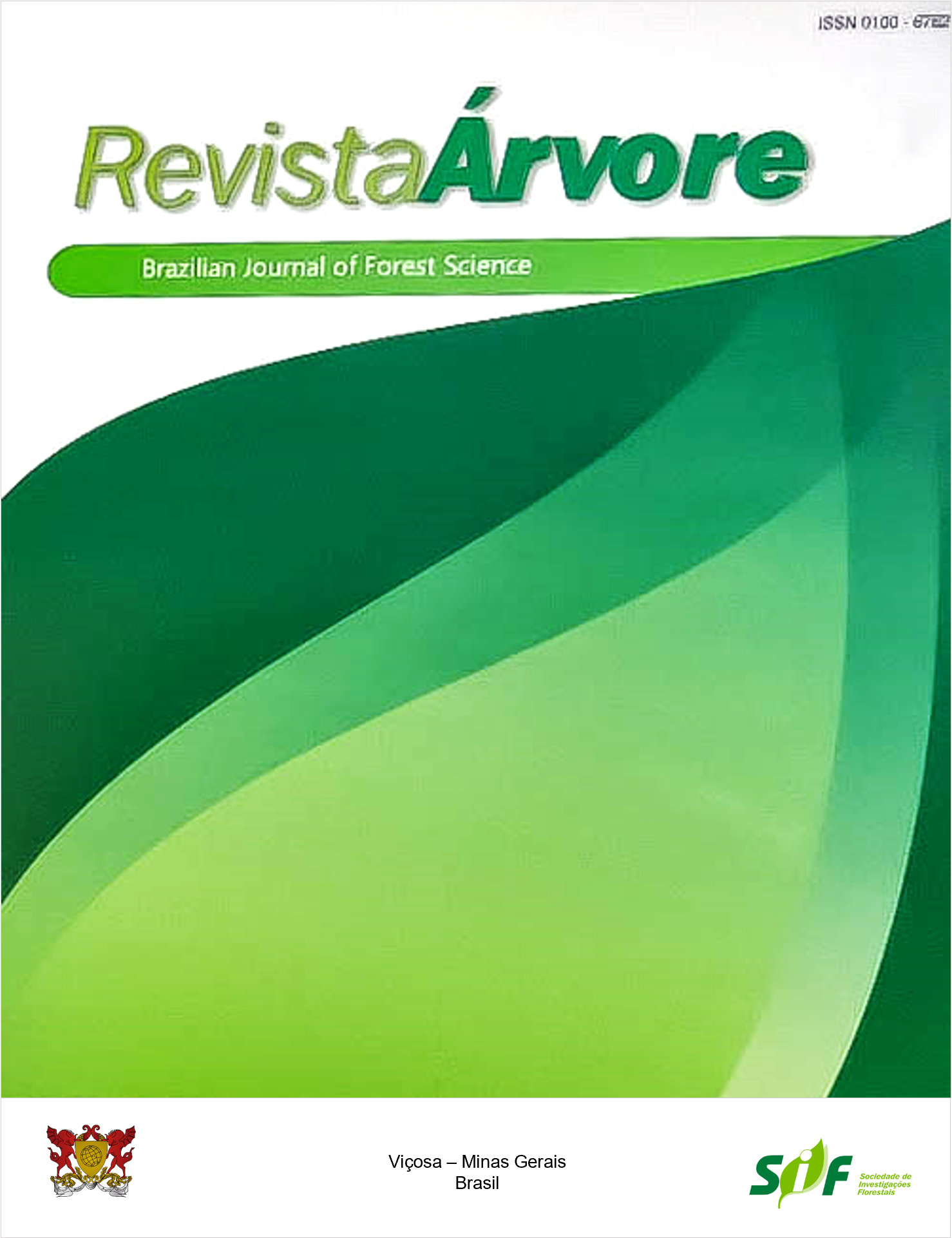NATURAL REGENERATION IN ABANDONED FIELDS FOLLOWING INTENSIVE AGRICULTURAL LAND USE IN AN ATLANTIC FOREST ISLAND, BRAZIL
Abstract
The time required to regrowth a forest in degraded areas depends on how the forest is removed and on the type of land use following removal. Natural regeneration was studied in abandoned old fields after intensive agricultural land use in areas originally covered by Brazilian Atlantic Forests of the Anchieta Island, Brazil in order to understand how plant communities reassemble following human disturbances as well as to determine suitable strategies of forest restoration. The fields were classified into three vegetation types according to the dominant plant species in: 1) Miconia albicans (Sw.) Triana (Melastomataceae) fields, 2) Dicranopteris flexuosa (Schrader) Underw. (Gleicheniaceae) thickets, and 3) Gleichenella pectinata (Willd.) Ching. (Gleicheniaceae) thickets. Both composition and structure of natural regeneration were compared among the three dominant vegetation types by establishing randomly three plots of 1 x 3 m in five sites of the island. A gradient in composition
and abundance of species in natural regeneration could be observed along vegetation types from Dicranopteris fern thickets to Miconia fields. The gradient did not accurately follow the pattern of spatial distribution of the three dominant vegetation types in the island regarding their proximity of the remnant forests. A complex association of biotic and abiotic factors seems to be affecting the seedling recruitment and establishment in the study plots. The lowest plant regeneration found in Dicranopteris and Gleichenella thickets suggests that the ferns inhibit the recruitment of woody and herbaceous species. Otherwise, we could not distinguish different patterns of tree regeneration among the three vegetation types. Our results showed that forest recovery following severe anthropogenic disturbances is not direct, predictable or even achievable on its own. Appropriated actions and methods such as fern removal, planting ground covers, and enrichment planting with tree species were suggested in order to restore the natural forest regeneration process in the abandoned old fields.
Keywords: Wet tropical forests, Anthropogenic disturbances and Forest restoration.
Downloads
Published
How to Cite
Issue
Section
License
All authors agreed to submit the work to Revista Árvore and granted the exclusive license to publish the article. The authors affirm that it is an original work and has not been previously published elsewhere. The scientific content and opinions expressed in the article are the sole responsibility of the authors and reflect their opinions, not necessarily representing the opinions of the editorial board of Revista Árvore or of the Society of Forest Investigations (SIF).




